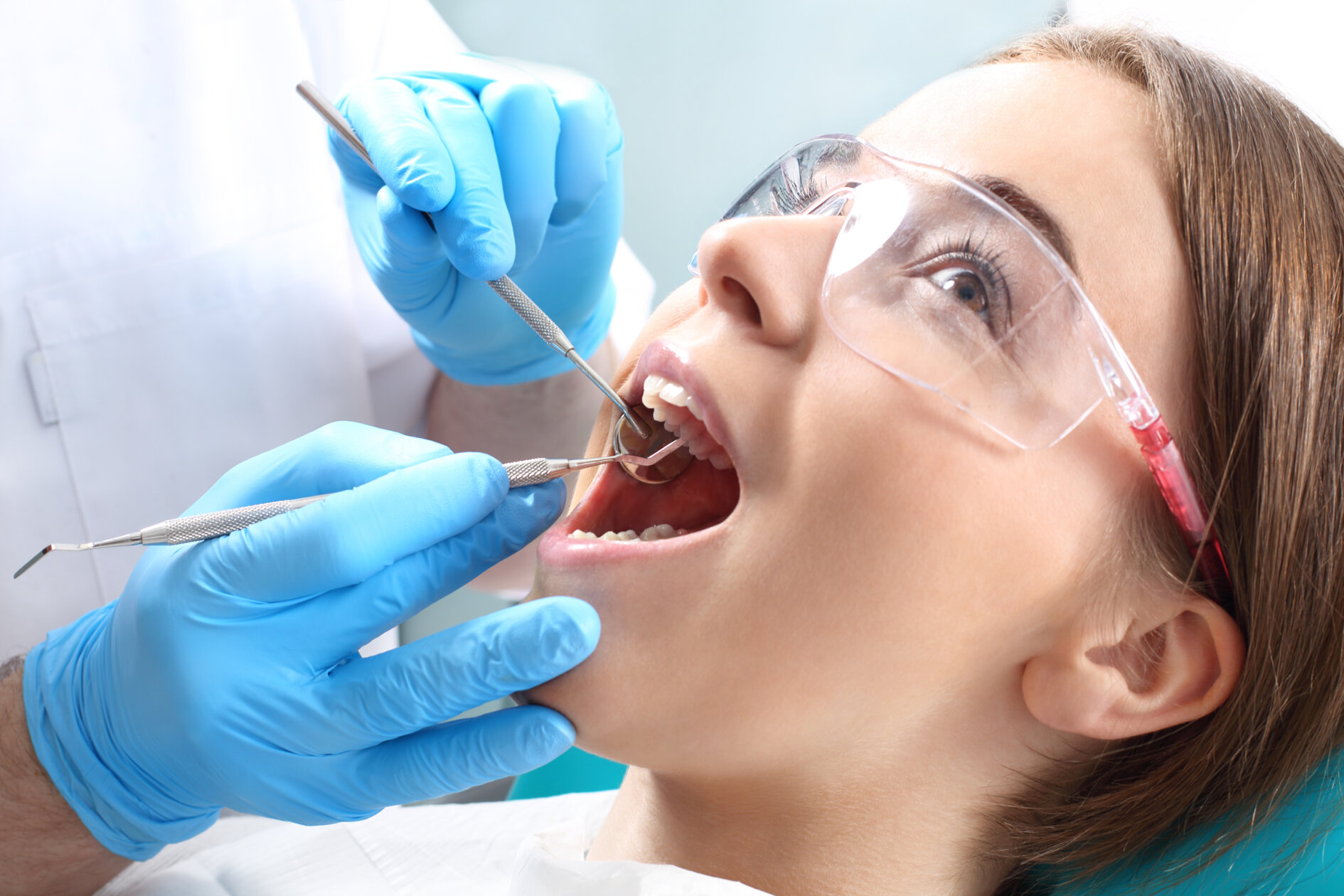
Optimising Patient Care
Discover cutting-edge techniques and tools that enhance patient experience, treatment accuracy, and long-term oral health.
Patient care in dentistry is continuously evolving, with a strong emphasis on efficiency, comfort, and long-term oral health. As technological advancements and innovative treatment methods reshape dental practices, patient-centred care has become a primary focus. From preventive strategies to personalised treatment plans, optimising patient care requires a combination of advanced tools, refined techniques, and a deeper understanding of patient needs.
One of the key elements in optimising patient care is the use of digital diagnostic tools. Advanced imaging technologies provide detailed, real-time insights into a patient’s oral health, allowing for earlier detection of potential issues. High-resolution 3D imaging enhances diagnostic accuracy and ensures that dental professionals can create precise treatment plans tailored to each patient’s condition. Early intervention leads to better outcomes, reducing the need for invasive procedures and enhancing overall patient satisfaction.
Streamlining Dental Workflows
Another significant aspect of improving patient care is streamlining dental workflows. Traditional methods often require multiple appointments for certain treatments, increasing patient stress and inconvenience. With modern digital workflows, many treatments can be completed in a single visit. The ability to design and manufacture restorations on-site drastically reduces waiting times and enhances efficiency. Patients benefit from faster, high-quality treatment solutions without the discomfort of temporary restorations or prolonged procedures.
Minimally Invasive Techniques
Minimally invasive techniques are also playing a crucial role in optimising patient care. Advanced treatment approaches focus on preserving as much of the natural tooth structure as possible, reducing the need for extensive restorations. Techniques such as precision-guided procedures and laser-assisted treatments minimise discomfort and promote faster healing. By reducing trauma to surrounding tissues, these approaches lead to improved patient comfort and shorter recovery times.
Enhancing the Patient Experience
Beyond clinical advancements, the overall patient experience is a critical component of modern dentistry. Many patients experience anxiety when visiting the dentist, which can deter them from seeking necessary care. Practices that integrate relaxation techniques, pain-free treatment options, and effective communication strategies help alleviate patient fears. Technologies such as virtual reality (VR) and guided relaxation techniques are being implemented to create a more comfortable and stress-free environment. By addressing dental anxiety, practices can encourage more patients to prioritise their oral health without fear.
Personalised Treatment Plans
Personalised care is another essential factor in optimising patient treatment. Every patient has unique oral health needs, lifestyle factors, and preferences. By leveraging digital tools and data-driven insights, dental professionals can develop customised treatment plans that align with individual requirements. AI-powered diagnostic tools, for example, can analyse oral health trends over time and provide predictive insights for personalised prevention strategies. This proactive approach allows for early interventions and tailored maintenance plans that support long-term oral health.
The Role of Patient Education
Patient education is an integral part of optimising care. Many dental conditions can be prevented with proper hygiene and lifestyle choices, but patients often lack the necessary knowledge to maintain optimal oral health. By using interactive educational tools and visual aids, dental professionals can empower patients with the information they need to take control of their oral health. Improved patient awareness leads to better at-home care, reducing the likelihood of serious dental issues developing over time.
Expanding Access with Tele-Dentistry
The integration of tele-dentistry has also expanded access to quality dental care. Virtual consultations and remote monitoring allow patients to receive professional advice without having to visit a clinic in person. This is particularly beneficial for individuals in remote areas or those with mobility limitations. By leveraging digital communication platforms, dentists can provide preliminary assessments, post-treatment follow-ups, and ongoing support, ensuring that patients receive the care they need regardless of their location.
Innovations in Biocompatible Materials
As the dental field continues to evolve, research into biocompatible and regenerative materials is paving the way for even greater advancements in patient care. The development of bioactive materials that promote natural tissue regeneration is revolutionising restorative dentistry. These materials not only restore function but also support the body’s natural healing processes, leading to long-lasting and sustainable results. The continued exploration of innovative materials and biologically integrated treatments will further enhance the quality and effectiveness of dental care in the future.
The Human Connection in Dentistry
While technological advancements play a vital role in optimising patient care, the human aspect remains equally important. Building strong patient-dentist relationships based on trust, transparency, and communication is key to ensuring successful treatment outcomes. Patients who feel heard, informed, and involved in their treatment decisions are more likely to adhere to recommended care plans and maintain long-term oral health. Dental professionals who prioritise compassionate care and open communication create a positive experience that fosters lasting patient relationships.
Optimising patient care in dentistry requires a combination of advanced technology, personalised treatment approaches, and a focus on the overall patient experience. From enhanced diagnostics to minimally invasive treatments and improved patient communication, every aspect of modern dental care is evolving to prioritise efficiency, comfort, and long-term oral health. As new innovations continue to emerge, the future of dentistry promises even greater improvements in the way patients receive and experience care.